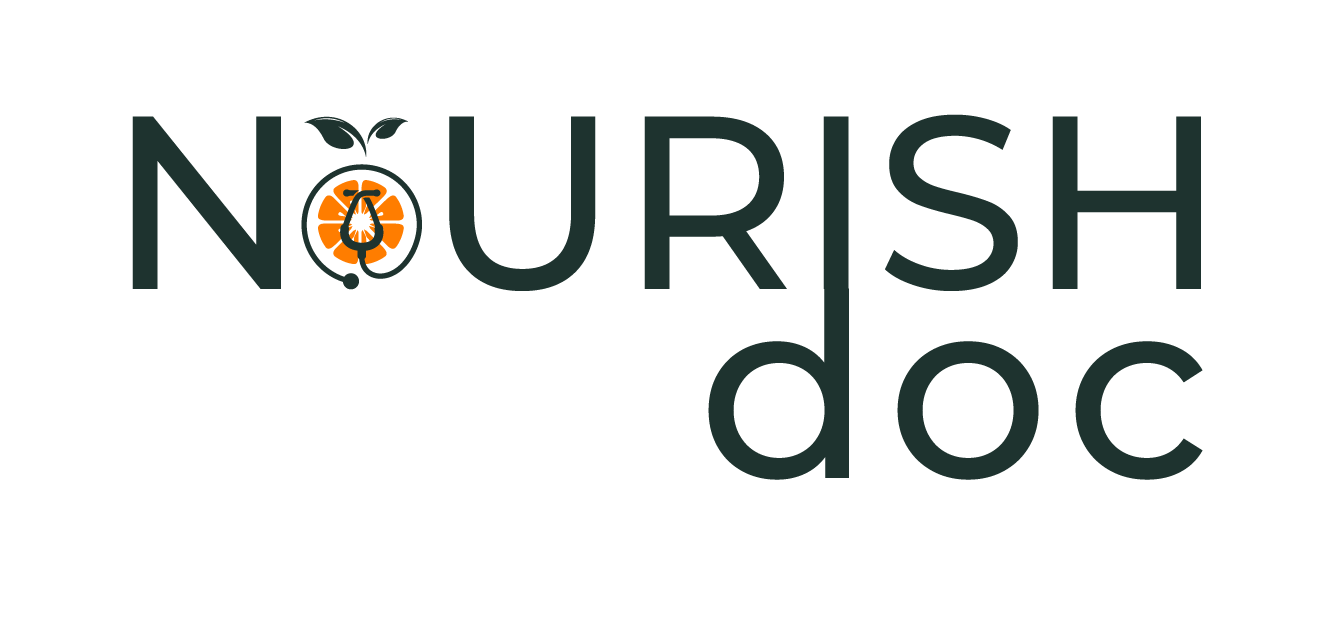What is gestational diabetes?
Gestational diabetes mellitus (GDM) is defined as “diabetes diagnosed during pregnancy that’s not clearly overt diabetes,” according to the American Diabetes Association (ADA). It can be loosely interpreted as significant blood glucose (glucose ) levels during pregnancy in a female who hasn’t had blood glucose problems previously. This condition usually develops during the second trimester of pregnancy and affects about 9 percent of girls. It’s routinely tested for as part of regular prenatal care.
Diet therapy is still the conventional first-line approach to the treatment of gestational diabetes mellitus (GDM). The objective of diet in pregnancy is to encourage maternal, placental, and fetal metabolic demands. This way, diet therapy treatment in GDM becomes an early-stage intervention in the vicious cycle of intergenerational diabetes and obesity. While controlling fetal exposure to maternal hyperglycemia and over-nutrition, the successful diet may cure GDM in a manner that’s fiscally sensible and culturally sensitive.
The specific cause of gestational diabetes is unknown, but it’s thought to be related to hormones produced by the placenta. While the placenta does a wonderful job at nourishing the baby, placental hormones block the mother’s production of insulin, the hormone that regulates blood sugar levels. This requires the mother’s body to make more insulin. When insulin production doesn’t keep up with the mother’s needs, glucose stays in the blood rather than being converted to energy. With time, these levels can become high enough to be diagnosed with gestational diabetes.
Gestational diabetes carries risks for both mother and infant. It can cause infants to grow too big, and particularly to deposit excess fat as they grow. This can lead to a difficult birth and a heightened chance of C-section. Additionally, it puts the infant at risk for low blood sugar levels at birth, obesity during childhood, and a higher risk for type 2 diabetes as an adult.
Although gestational diabetes often resolves after birth, women who develop it are at greater risk for the identical condition in subsequent pregnancies, in addition to a greater risk for developing type 2 diabetes later on. Due to the risks to mother and infant, treatment normally starts quickly after diagnosis. Doctors will always advocate specific meal programs in addition to increased physical activity, which for many women is sufficient to regulate blood sugar to safe levels. Otherwise, daily blood sugar testing and insulin shots may also be prescribed.
How can diet plan help Gestational Diabetes?
The ADA recommendations for macronutrients in diabetes and pregnancy are 50% to 60% of daily calories from carbohydrates (complex, higher fiber), 10% to 20% from protein, and 25% to 30% from fat (less than 10% saturated). One recently published study suggested that consuming carbohydrates in 55 percent of calories vs. 40% did not alter the need for insulin in women with GDM and did not affect pregnancy outcomes.
However, other recent studies have shown that consuming over 50 percent of calories from carbohydrates encouraged maternal weight gain and postprandial hypoglycemia, which raised the risk of fetal macrosomia. This resulted in the suggestion that dietary intake in pregnant women with diabetes should be limited to 33% to 40% of daily calories.
A recent study that assessed the benefits of low-glycemic-index (GI) diets in women with GDM indicated a decreased need for insulin as a result of consuming calcium-rich foods with no adverse gastrointestinal outcomes.
Based on a 2010 post by Hone and Jovanovic, women with GDM frequently miss the first-phase insulin response to food, which normally prevents the liver from breaking down glycogen to additional glucose at the beginning of eating. To overcome this phenomenon, high-fiber and low-GI carbohydrates are suggested to delay food absorption and stop a postprandial glucose surge.
Carbohydrate restriction in the daytime and at night is meant to increase blood sugar regulation through the day and protect against hyperglycemia resulting from the nocturnal action of steroid hormones like cortisol alongside other placental hormones that promote insulin resistance. While the three main foods are strongly suggested for each individual, snacks can be discretionary depending on the individual’s needs, lifestyle, and glucose levels. Women using insulin should be educated about carb counting and supplied with an insulin-to-carb ratio to determine premeal insulin doses.
The nutrition counseling has to be tailored to the individual patient and ideally supplied by an RD/CDE specializing in pregnancy and diabetes.
The first step in treating gestational diabetes would be to alter your diet to help keep your blood glucose level in the normal range while eating a nutritious diet. Most women with well-controlled blood glucose deliver healthy babies with no complications.
One way of keeping your glucose levels in the normal range is by tracking the number of carbohydrates in your diet. Carbohydrate foods digest and become blood sugar (a kind of sugar). Glucose in the blood is essential because it’s the fuel for your body and nutrition your baby receives from you. However, it is important that glucose levels remain within the target.
Carbohydrates in Food: Carbohydrates are found in the following foods:
• Milk and yogurt
• apples and pears
• Rice, grains, cereals and pasta
• Bread, tortillas, crackers, bagels and rolls
• Dried beans, split peas and lentils
• Potatoes, corn, yams, peas and winter squash
Sweets and desserts, such as honey, sugar, syrups, pastries, cookies, candy, and soda also typically have considerable amounts of carbohydrate.
Carbohydrates in foods are measured in units called g. You can count how many carbs are in foods by reading food labels and studying the exchange lists. The two main pieces of information on food labels to get a carbohydrate-controlled diet is that the serving size and grams of total carbohydrate in every serving.
Gestational diabetes diet
The gestational diabetes diet and meal plan should begin with fulfilling a registered dietitian to have your diet evaluated. The dietitian will calculate the number of carbohydrates that you need at meals and snacks. You’ll also be taught how to count carbohydrates. Listed below are dietary recommendations that will help you maintain safe blood glucose levels:
1) Distribute your meals between three meals and two or three snacks each day
Eating too much at one time may cause your blood sugar to rise too much. It’s quite important that you don’t skip meals. While pregnant, you have improved nutritional requirements and your baby demands balanced nutrition.
2) Eat reasonable portions of starch
Starchy foods finally turn into sugar so that it’s important to not be excessive. However, starch ought to be included in each meal. A fair portion is about one cup of starch per meal or two pieces of bread.
3) Drink 1 cup of milk at a time
Milk is healthy food and a significant source of calcium. However, milk is a liquid form of carbohydrate, and drinking too much at the same time can increase your blood sugar.
4) Restrict fruit portions
The fruit is a healthy food, but it is high in natural sugars. You may eat one to three servings of fruit daily, but just eat one at a time. A part of the fruit is one very small piece of fruit, half a large piece of fruit, or about one-half cup of mixed fruit. Do not eat fruit that’s been canned in syrup.
5) Breakfast is the most important meal of the day
Blood glucose can be tricky to control in the daytime due to normal fluctuations in hormone levels. Processed cereals, fruits as well as milk might not be well tolerated in your morning meal. If your post-breakfast blood glucose level increases too much following these foods, then you ought not to eat them to your own breakfast. A breakfast that contains protein plus starch is usually tolerated the very best.
6) Avoid fruit juice
It requires several fruits to produce a glass of juice. The juice is a concentrated source of carbohydrates. Because it’s liquid, the juice may raise blood sugar quickly.
7) Skip desserts and sweets
Cakes, cookies, candies, and pastries tend to have excessive amounts of carbohydrates. These foods often contain considerable amounts of fat and give very little concerning nutrition. Furthermore, prevent all regular sodas and sugar-sweetened drinks.
8) Say no to added sugars
Do not add sugar, syrup, or honey to your foods.
Use artificial sweeteners instead of added sugars
The next sweeteners have been accepted as safe to consume during pregnancy:
• Aspartame, which includes Equal, NutraSweet, Natra Taste
• Acesulfame K, which includes Sunett
• Sucralose, which includes Splenda
9) Keep food records
Make certain to record all the foods and how much you eat every day, which can help you track your carbohydrate intake. Additionally, use measuring cups for precision when possible.
Scientific Studies in Diet for GDM
1. To evaluate if the Mediterranean Diet (MedDiet)-established medical nutrition therapy eases near-normoglycemia in women with gestational diabetes mellitus (GDMw) and observe the effects on adverse pregnancy outcomes. [3]
This is a secondary analysis of the St Carlos GDM Prevention Study, conducted between January and December 2015 at Hospital Clínico San Carlos (Madrid, Spain). One thousand consecutive women with normoglycemia were included before 12 gestational weeks (GWs), with 874 contained in the last analysis. Of these, 177 women were diagnosed with gestational diabetes mellitus (GDM) and 697 had normal glucose tolerance. All GDMw obtained MedDiet-based medical nutrition therapy with a recommended daily extra virgin olive oil ingestion =40 mL plus a daily handful of nuts. The principal goal was the comparison of hemoglobin A1c (HbA1c) levels at 36–38 GWs in GDMw and women with normal glucose tolerance (NGTw).
Results
GDMw when compared with NGTw had higher HbA1c levels at 24–28 GWs (5.1percent ±0.3percent (32±0.9 mmol/mol) vs 4.9percent ±0.3percent (30±0.9 mmol/mol), p=0.001). At 36–38 GWs values were comparable between the groups. Similarly, fasting serum insulin and homeostatic model assessment insulin resistance (HOMA-IR) were higher in GDMw in 24–28 GWs (p=0.001) but became comparable at 36–38 GWs. 26.6percent of GDMw required insulin for glycemic control. GDMw compared with NGTw had greater rates of inadequate weight gain (39.5% vs 22.0%, p=0.001), small for gestational age (6.8% vs 2.6%, p=0.009), and neonatal intensive care unit admission (5.6% vs 1.7%, p=0.006). The rates of macrosomia, large for gestational age, pregnancy-induced hypertensive disorders, prematurity, and cesarean sections were similar to NGTw.
Conclusions
Working with MedDiet-based medical nutrition therapy as part of GDM management is related to the achievement of near-normoglycemia, then making most pregnancy outcomes like those of NGTw.
2. The goals of medical nutrition therapy for gestational diabetes mellitus (GDM) are to meet the maternal and fetal nutritional needs and to reach and maintain optimal glycemic control. [4] Nutrition requirements during pregnancy are similar for women with and without GDM. The American Diabetes Association and the American College of Obstetrics and Gynecology recommend nutrition therapy for GDM that highlights food choices to encourage suitable weight reduction and normoglycemia without ketonuria, and moderate energy restriction for fat girls. The latest controversies in GDM nutrition therapy involve manipulation of dietary composition (amounts and kinds of fats and carbohydrates ), gestational weight gain, and energy and carbohydrate restriction. Randomized controlled trials are needed to ascertain that dietary compositions and patterns encourage normoglycemia in addition to optimum maternal and infant outcomes. Until better evidence is available, nutrition therapy will remain a cornerstone of GDM management with potential advantages that can’t be fully realized in clinical practice.
3. Does nutrition therapy in GDM reduce maternal hyperglycemia and attenuate fetal growth patterns? It was this question that Yamamoto et al., commissioned by the International Life Sciences Institute Europe (ILSI Europe), addressed at a high-quality, strong systematic review and meta-analysis printed in July edition of Diabetes Care. [5]. Unlike previous meta-analyses of the subject, they believed RCTs of any nutrition intervention in GDM (vs. control) in the context of maternal postprandial glucose and medication usage, in addition to neonatal outcomes including birth weight, macrosomia, and large for gestational age. In 18 RCTs with >1,000 moms, modification of nourishment in GDM led to a larger decrease in postprandial glucose and lesser demand for medication. Across 16 studies with >800 babies, modified diets have been associated with considerably lower infant birth weight (-170 g) and ~50% decreased risk of macrosomia.
Summary
The diet for pregnant women with diabetes usually is a healthy, well-balanced eating strategy aimed at encouraging pregnancy and boosting blood glucose control. Consistency in snack and meal timing in addition to consuming an assortment of nutrients provided through individualized meal preparation ought to be emphasized since this might help promote normal glycemia in pregnancy and improve maternal and fetal outcomes.
To help inspire and enable patients, diabetes education and nutrition counseling ought to be sensitive to cultural tastes and special individual needs. Coordinated material in several languages should be available for patients, such as menu suggestions and food options that best match their personal food customs and ethnic background.







